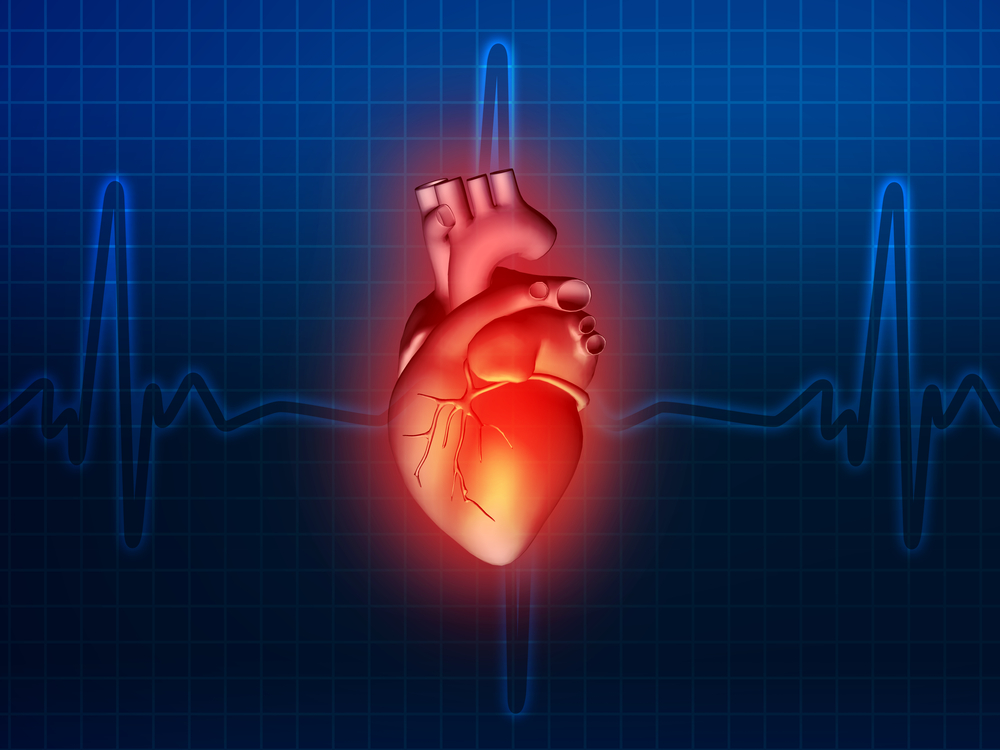Risk Factors in Cardiac Sarcoidosis May Include Aging and Lack of Pacemaker, Study Finds

Aging and a lack of devices addressing heart problems, mainly pacemakers or defibrillators, were identified as risk factors for higher mortality in patients with cardiac sarcoidosis.
The study, “Cardiac sarcoidosis: the impact of age and implanted devices on survival,” was published in the journal CHEST.
“Cardiac sarcoidosis is a potentially life-threatening condition characterized by the formation of non-caseating granulomas in the heart and is associated with significant mortality,” wrote Dr. Ying Zhou and colleagues in the Department of Internal Medicine at the University of Cincinnati Medical Center, according to a press release.
The authors performed a large study to identify potential cardiac risk factors in people with cardiac sarcoidosis. The patients enrolled in the study were recruited at a single sarcoidosis clinic.
Out of the 1,815 patients evaluated over a six-year period, 73 met the criteria for highly probable or probable cardiac sarcoidosis, according to the updated World Association of Sarcoidosis and Other Granulomatous (WASOG) disease criteria. The median age of enrolled participants at diagnosis was 46, with a median follow-up of 8.8 years.
Researchers detected heart problems, namely a decrease in the heart’s left ventricular ejection fraction (LVEF) in 54.8% of the patients. LVEF measures how much blood the left ventricle pumps out with each contraction, indicating the efficiency of pumping blood into the systemic circulation.
Looking at arrhythmic patients (with problems of the heartbeat and heart rhythm), with or without reduced LVEF, 35.6% of them experienced ventricular tachycardia (a type of regular and fast heart rate caused by improper electrical activity in the ventricles of the heart), and 19.2% experienced severe heart blockage.
In total, 45 patients (61.6%) had MRI scans or cardiac positron emission tomography (PET), a technique that allows doctors to diagnose coronary artery disease; of these, 41 patients (91.1%) showed signs of heart problems.
Several factors were found to be associated with improved survival: younger age (diagnosis at 46 or younger); patients who had a pacemaker or defibrillator; patients with mycophenolate (an immunosuppresant) treatment; and LVEF above 40%.
Independent risk factors of mortality included older age (46 or older) and a lack of pacemaker or defibrillator; and LVEF below 40%.
“Previous reports suggest that cardiac sarcoidosis is associated with poor prognosis because of severe arrhythmias or congestive heart failure. Due to the early recognition and expanded use of immunomodulatory medication and implanted defibrillators and pacemakers, the overall prognosis seems to have improved,” the team wrote in the study.
“Further work is needed to develop a specific treatment algorithm, including the possible role of mycophenolate and other cytotoxic drugs,” they wrote.






